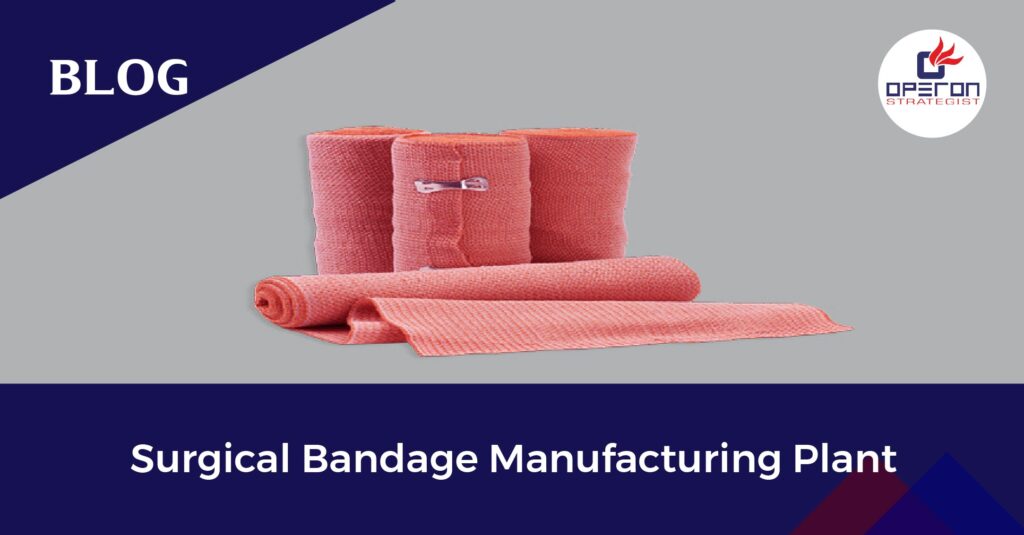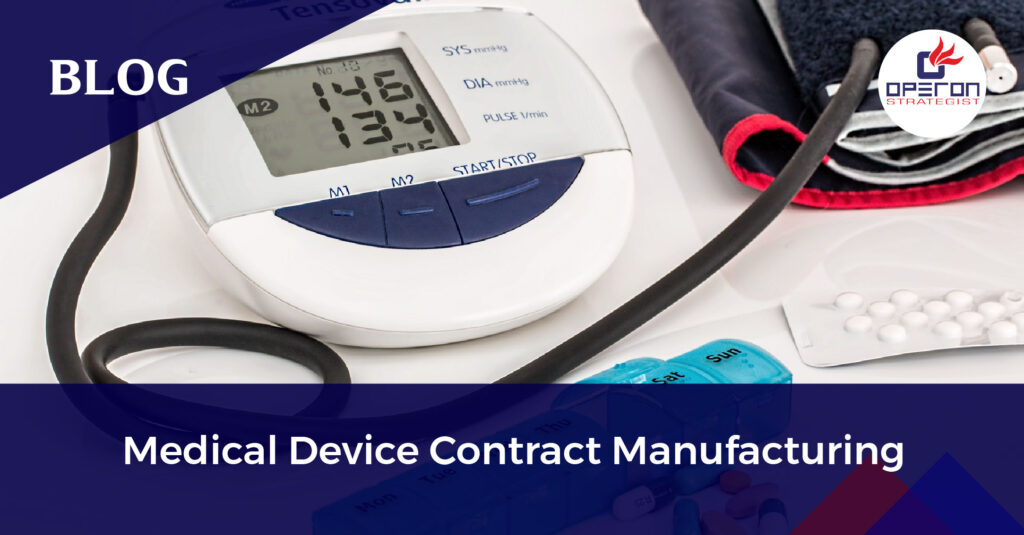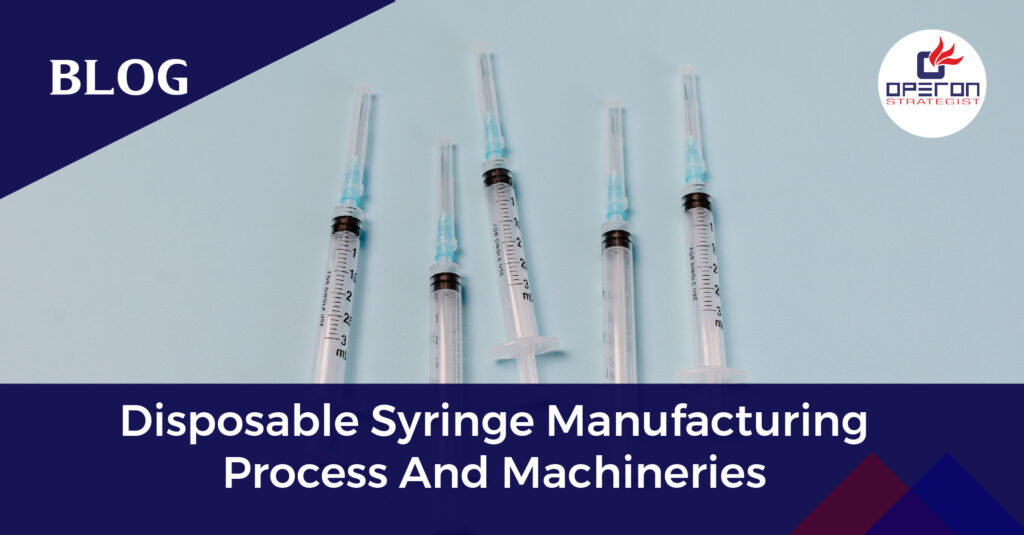Surgical Bandage Manufacturing License
To manufacture medical devices like surgical bandages, and surgical dressings manufacturers need a surgical bandage manufacturing license i.e. CDSCO manufacturing license. Medical devices are classified on the basis of the risk of devices and according to those classes, regulations need to be applied. The surgical bandage is a product manufactured from white bleached cotton gauge cloth of suitable quality.
A surgical bandage manufacturing plant can be initiated on a small scale with moderate capital investment. The demand for Surgical Bandage/ Surgical Bandage Tape is found all throughout the year.
Recommended Reading: Surgical instruments manufacturing
Looking for Surgical Bandage Manufacturing Consultation?
Let’s have a word about your project
The demand for Surgical Absorbent Cotton increases with the increase in population and the number of hospitals, dispensaries, nursing homes, health care centers, etc. A progressive increase in health amenities offered by the Government and the coming up of new hospitals and healthcare centers in the private sector even in small towns are contributing to the growth of the absorbent cotton industry. Government hospitals and large nursing homes are the largest consumers of cotton wool. Surgical cotton or absorbent cotton is in great demand all over the world, but with desi cotton — considered the ideal raw material for it — being edged out, manufacturers have been banking heavily on regular American cotton. As a whole, it is a good project for entrepreneurs to invest in. Remember, you need a business license before starting this business.
As medical device consultants, we provide the best services to our clients at an affordable cost. Take advantage of our expert consultancy to get a CDSCO manufacturing license to start a business in India. also get various countries’ regulatory licenses, like FDA 510(k), CE Mark, and SFDA, to do business in other countries.
We also provide Turnkey Project Consultation for Medical Device Manufacturing.
Types of Surgical Bandages
- Adhesive bandage:
An adhesive bandage, also called a sticking plaster, medical plaster, or simply plaster in British English is a small medical dressing used for injuries not serious enough to require a full-size bandage. - Liquid bandage:
Liquid bandage is a topical skin treatment for minor cuts and sores that is sold by several companies. The products are mixtures of chemicals that create a polymeric layer that binds to the skin. This protects the wound by keeping dirt and germs out and keeping moisture. - Gauze bandage:
The most common type of bandage is the gauze bandage, a woven strip of material with a Telfa absorbent barrier to prevent adhering to wounds. A gauze bandage can come in any number of widths and lengths and can be used for almost any bandage application, including holding a dressing in place. - Compression bandage:
The term ‘compression bandage describes a wide variety of bandages with many different applications. - Triangular bandage:
Also known as a cravat bandage, a triangular bandage is a piece of cloth put into a right-angled triangle, and often provided with safety pins to secure it in place. It can be used fully unrolled as a sling, folded as a normal bandage, or for specialized applications, such as on the head. One advantage of this type of bandage is that it can be makeshift and made from a fabric scrap or a piece of clothing. - Tube bandage:
A tube bandage is applied using an applicator and is woven in a continuous circle. It is used to hold dressings or splints onto limbs or to provide support to sprains and strains so that it stops bleeding.
The Surgical Bandage Manufacturing Process
1. Raw Material Preparation: The primary raw material is white bleached cotton gauge cloth, which is sourced and inspected for quality.
2. Cutting and Stitching: The cloth is cut into the desired lengths and widths, and the edges are stitched to prevent fraying.
3. Sterilization: The bandages are sterilized to ensure they are free from any harmful microorganisms.
4. Packaging: The sterile bandages are then packaged in suitable materials to maintain their sterility.
5. Quality Control: Rigorous quality testing and inspections are conducted to ensure the bandages meet safety and performance standards.
6. Regulatory Compliance: Documentation and testing are performed to comply with medical device regulations and standards.
7. Distribution: The packaged bandages are distributed to healthcare facilities and end-users.
The manufacturing process for surgical bandages is highly regulated to ensure patient safety and compliance with quality management systems.
Raw Material for Surgical Bandage Manufacturing
The raw materials commonly used in the manufacturing of surgical bandages include:
- Gauze: Gauze is a lightweight, loosely woven fabric made from cotton or synthetic fibers. It forms the base material for many surgical dressings and bandages.
- Cotton: High-quality cotton is often used in bandage manufacturing due to its absorbent and hypoallergenic properties.
- Elastic: Some bandages, such as elastic bandages or compression bandages, incorporate elastic fibers to provide support and compression.
- Adhesive: Adhesive bandages, also known as adhesive strips or plasters, feature an adhesive material for wound closure. The adhesive is typically applied to a non-stick pad.
- Non-Stick Pads: Non-stick pads, often made of materials like silicone or polymers, are used in adhesive bandages to cover and protect wounds.
- Sterilization Agents: Raw materials used for sterile bandages undergo a sterilization process to ensure they are free from pathogens. Common sterilization methods include gamma radiation and ethylene oxide gas.
- Antimicrobial Agents: Some bandages may incorporate antimicrobial agents like silver or iodine to help prevent infection.
- Plastic and Packaging Materials: Bandages are often individually wrapped in plastic packaging for hygiene and convenience. The packaging materials can vary but are typically made from plastic films.
- Colorants and Dyes: For colored or decorative bandages, colorants and dyes are added to the raw materials.
- Adhesive Tape: Some surgical bandages and dressings may use adhesive tape as a component for securing the bandage in place.
The raw materials used are determined by the type and function of the surgical bandage being created. Manufacturers must ensure that the materials chosen meet regulatory criteria for safety, sterility, and wound care effectiveness. Furthermore, quality control processes are critical for maintaining these materials’ standards throughout the manufacturing process.
Surgical Bandage Making Machine
A surgical bandage-making machine is a type of equipment used in the production of surgical bandages. The machine automates the process of cutting and rolling bandages, thereby increasing efficiency and reducing production time. The bandage-making machine typically consists of a conveyor belt, cutting mechanism, rolling mechanism, and control system. The bandages produced by the machine are typically made of cotton or other non-woven materials and can be used in a variety of medical settings, including hospitals, clinics, and ambulatory care centers. Some of the key benefits of using a surgical bandage-making machine include increased productivity, improved quality control, and reduced labor costs.
Role of Bandages in Medical Care
A bandage is a piece of material used either to support a medical device such as a dressing or splint, or on its own to provide support to or to restrict the movement of a part of the body. When used with a dressing, the dressing is applied directly on a wound, and a bandage is used to hold the dressing in place. Another surgical bandage manufacturing plant is used without dressings, such as elastic bandages that are used to reduce swelling or provide support to a sprained ankle. Tight bandages can be used to slow blood flow to an extremity, such as when a leg or arm is bleeding heavily.
Surgical bandage manufacturing plants are available in a wide range of types, from generic cloth strips to specialized shaped bandages designed for a specific limb or part of the body. Bandages can often be improvised as the situation demands, using clothing, blankets, or other material. In American English, the word bandage is often used to indicate a small gauze dressing attached to an adhesive bandage.
Bandages to Business: Let's Kickstart Your Surgical Bandage Manufacturing Plant!
FAQs
How do you manufacture surgical bandages?
MANUFACTURING PROCESS
a) Purchasing or weaving the bandage cloth.
b) Clearing and removing of organic impurities.
c) Washing and bleaching.
d) Drying and calendaring.
e) Rolling and cutting and.
f) Packing.
What is the regulatory framework for medical devices in India?
Medical devices and IVDs are regulated by the Drug Controller General of India (DCGI) within the Central Drugs Standard Control Organization (CDSCO), part of the Ministry of Health and Family Welfare.
Does FDA regulate bandages?
Class I devices, such as dental floss and bandages, are subject to the least regulation. Catheters and wheelchairs are examples of Class II devices that require FDA “clearance” prior to marketing. These products are under regulatory controls that reasonably assure their safety and effectiveness.

-
Operon Strategisthttps://operonstrategist.com/author/snehal/
-
Operon Strategisthttps://operonstrategist.com/author/snehal/
-
Operon Strategisthttps://operonstrategist.com/author/snehal/
-
Operon Strategisthttps://operonstrategist.com/author/snehal/





